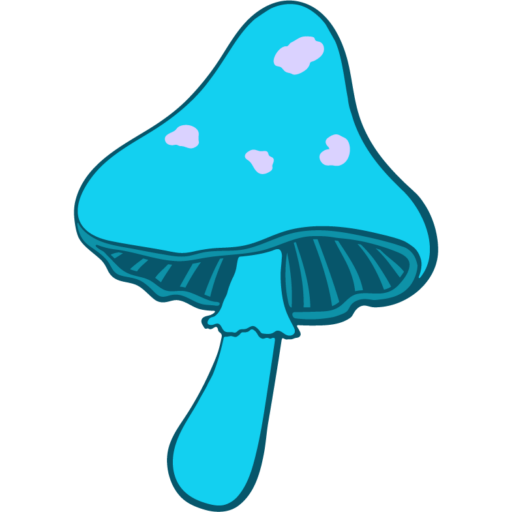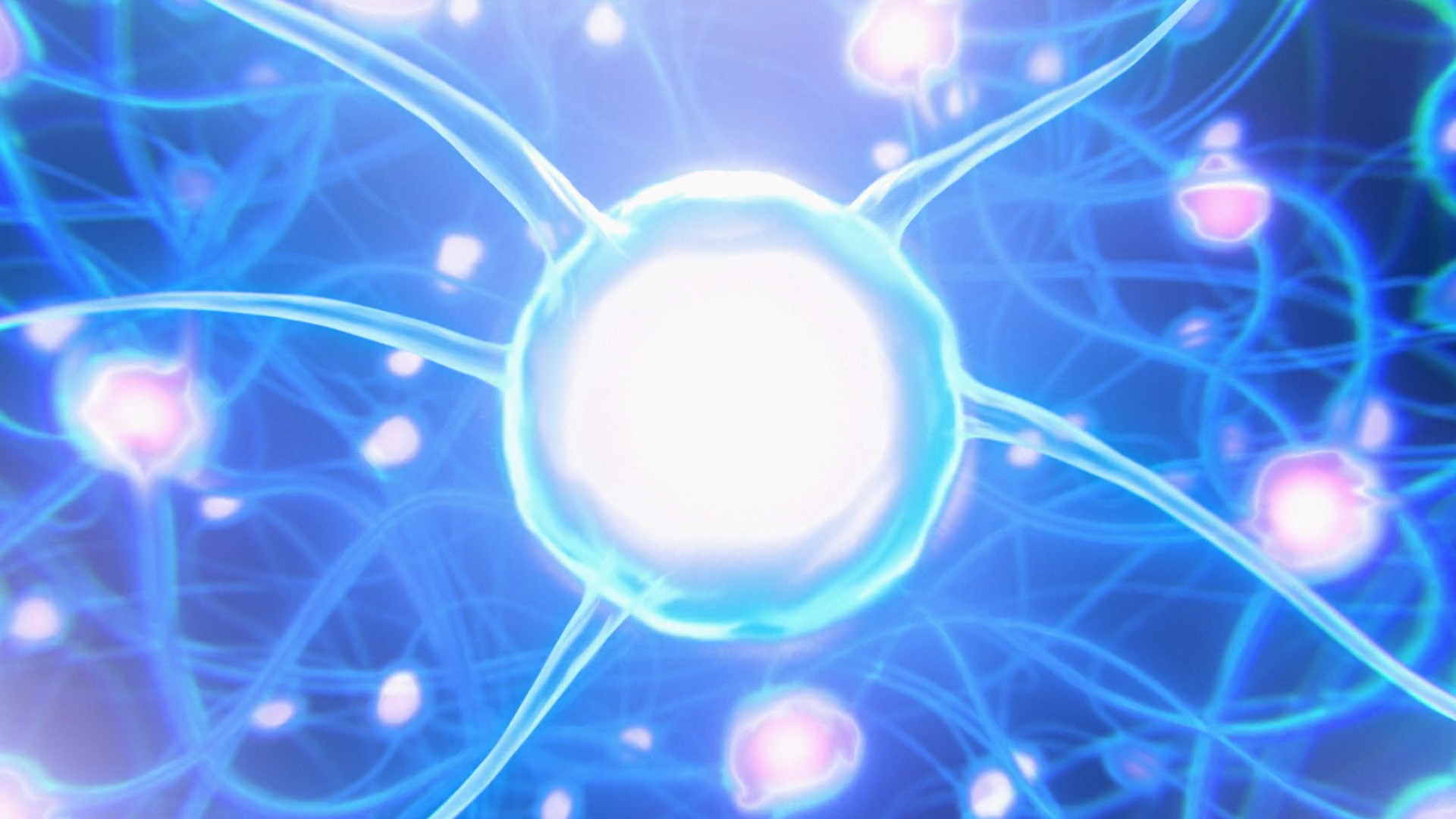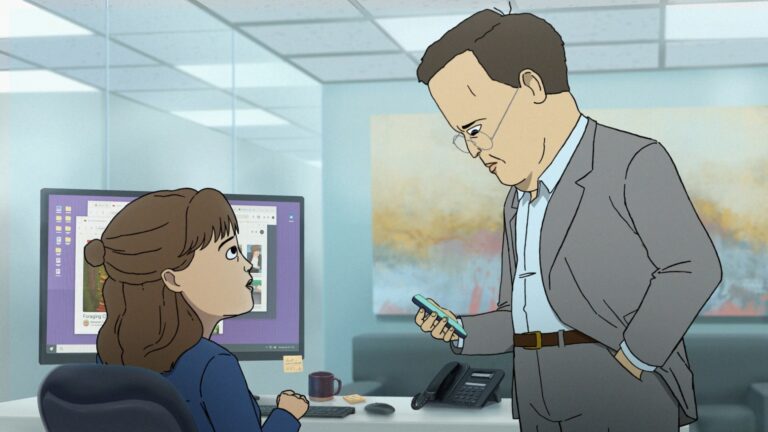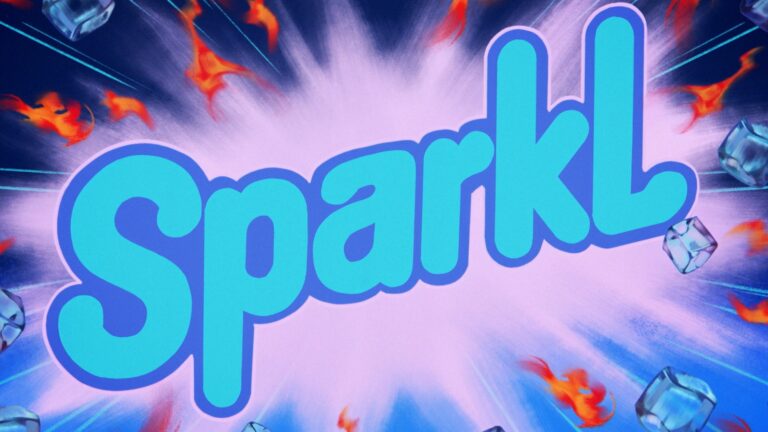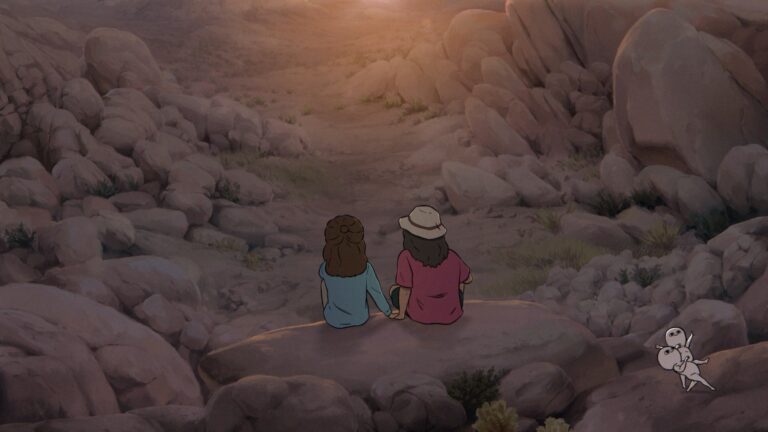If you’ve tuned into Adult Swim these last few weeks, there’s one new show that’s impossible to overlook. Its visuals leap off the screen – vivid, wild, totally surreal, yet somehow rooted in realism. So, where in the world did the powerful psychedelia in “Common Side Effects” come from? Turns out, the story behind the art is just as fascinating as the sketches you see on TV. Let’s step backstage, dig into some creative secrets, and decode what made this unique show look this mind-blowingly good.
Mycology, Medicine, and Mushroom Madness
First off, let’s go back to the roots – literally! Creators Joseph Bennett and Steve Hely found their visual groove inspired by their mutual interests. They’re fascinated by mushrooms, medicine, and psychedelic culture – in particular, the writings of famous mycologist Paul Stamets and the philosophical musings of ethnobotanist Terence McKenna. Bennett said as much himself in an interview that dropped just recently: “We were interested in a lot of similar themes… psychedelics, different kinds of medicine, what healing means to different people.”
But it wasn’t simply about cool visuals. Bennett and Hely also wanted to steer clear of tired clichés. You won’t see any generic rainbow swirls or cartoonish mushrooms winking at you – it’s all a bit deeper. So, rather than opt for familiar and over-the-top psychedelia, the team aimed genuinely fresh. They zeroed in on more grounded yet trippy imagery that felt organically connected to the storylines.
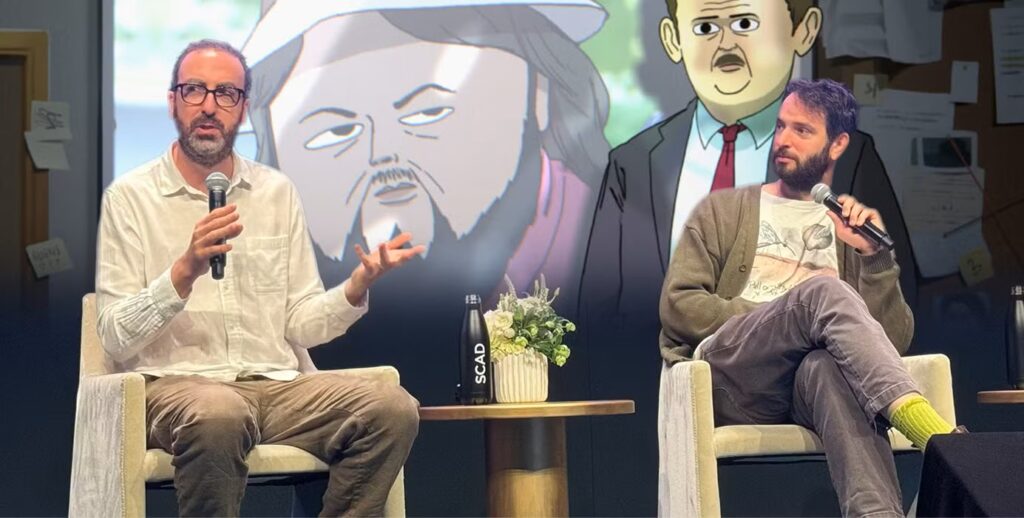
Cinematic Inspirations and Animation Fusion
And there’s more to the bold aesthetic than mushrooms. Ever caught yourself laughing at bizarrely dark scenarios too unbelievable to be real? Bennett and Hely openly sourced their sense of narrative style from none other than the masterful Coen brothers. Movie buffs know the Coen-style combo – comedy, violence, thriller elements, all stirred together. Yet, when you transpose this cinematic influence into animated form, magic happens. Animated worlds have possibilities that traditional film just can’t touch. And here is where the animation team stepped in and made storytelling gold.
International Animation and Artistic Alchemy
To capture the right balance – visually wild yet believable – the team joined forces with Green Street Pictures. If you’re into animated series, these folks might ring a bell. They collaborated on a show called “Scavengers Reign,” another groundbreaking project co-created by Bennett himself. But the “Common Side Effects” animation squad wasn’t just one localized crew – it was genuinely international. Artists working in France, Portugal, Spain, Mexico, as well as the Argentine creative team Le Cube, all brought something special and culturally varied to the project. Each unique cultural influence provided moments of artistic alchemy, blending multiple perspectives into something utterly new.
Working internationally wasn’t always a cozy vacation. Sure, it offered huge variety, but it also meant juggling communication across multiple continents and languages. The crew relied heavily on virtual collaboration tools and frequent video conferences to make this possible. And because of that daily creative exchange, the end product felt remarkably cohesive.
An Animated World Comes Alive
So, let’s peek inside the studios to discover exactly how these visuals came into existence. For starters, the animation style is mainly straightforward 2D – but it’s executed with meticulously creative flourishes. Classic techniques, like squash and stretch – actions that exaggerate movement and emphasize emotion – are used deliberately. Animators played extensively with these methods to give characters and scenes a loose yet believable feel. The results: On-screen characters stretch and contort in eye-popping ways which nevertheless remain truly expressive, not cartoonishly absurd.
Colors, too, played a significant role. The animation team worked obsessively to establish visual coherence and consistency in extremely vibrant palettes. Strangely enough, despite having a kaleidoscope of colors, the show avoided visual overload. Scenes balanced richness and restraint masterfully, thanks largely to intelligently restrained lighting tactics and carefully curated color dynamics. So, each moment was never just vibrant; it always pointed right back to the plot and the characters, enhancing emotional beats and narrative pacing.
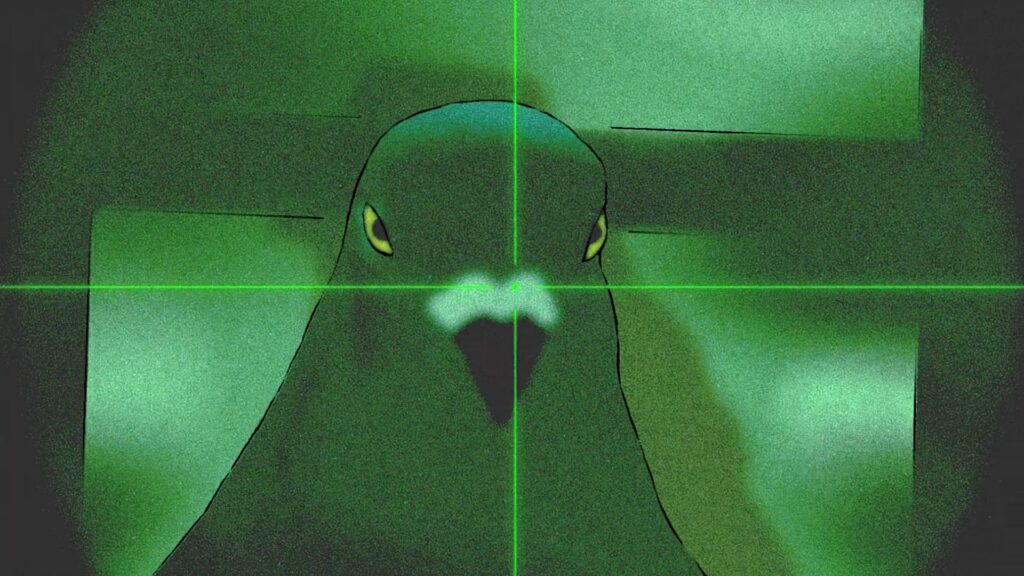
Challenges Behind Creative Choices
But creating “Common Side Effects” wasn’t a walk in the park. Mixing trippy animations with narrative clarity wasn’t easy. Bennett himself admitted this difficulty in recent press, noting how avoiding overused tropes proved tricky. The artwork needed to push the envelope visually without sacrificing storytelling clarity. And each scene had to strike itself clearly within the narrative arc rather than becoming visually indulgent filler. To tackle these challenges, they developed disciplined storyboards and animatics, carefully revising scenes repeatedly. Collaborations and regular feedback sessions kept storytelling precision sharp every step of the way.
A deeper challenge was depicting psychedelic experiences genuinely without resorting to old-school visual clichés. Bennett made it clear – no lazy, predictable hallucination images allowed. “We wanted originality and purposefulness,” he emphasized. So animators explored alternative visual metaphors. After considerable experimentation and risk-taking, they arrived at imagery fresh enough to surprise today’s visually hyper-aware audience.
Voices and Visuals: Symbiotic Creativity
Animations in “Common Side Effects” don’t live in a vacuum. The visuals also needed alignment with another vital creative component: the voice actors. Animated expressions and visual mood had to perfectly complement carefully delivered dialogue from talents such as Dave King, Emily Pendergast, and the legendary Mike Judge. The animators spent countless hours listening to dialogue tracks, adjusting visuals around nuanced vocal performances, and ultimately crafting genuinely memorable moments.
Beyond Typical Animation: Sound and Movement Combined
Additionally, animators closely collaborated with Nicolas Snyder, who composed the music. Snyder’s darkly comedic musical sketches supported visuals beautifully. Animators synced their imagery precisely with his intricate soundscape. Music rhythms guided animation motor sequences, punctuated jokes, and emphasized dramatic transitions. So, the combination of visuals and score delivered an experience both auditory and visual – seamless and immersive rather than fragmented.
Designer Details: Easter Eggs Galore
Interestingly, attentive viewers might have noticed hidden visual references cleverly slipped in. The animation team had fun peppering frames with subtle Easter eggs honoring mycologists, psychedelic thinkers, and even beloved films. So next viewing, keep a close watch. Perhaps you’ll spot hidden mushrooms, fleeting visual shout-outs, or sly nods referencing the Coen brothers’ favorite cinematic moments.
This personal, quirky touch added subtle richness to the animation. It gave genuinely observant fans a rewarding experience, intensely layering the visual atmosphere for sharp-eyed viewers. Among fans, it increased rewatch value exponentially; hunting hidden treats became a fun game in itself.
The Visual Trip Worth Taking
By examining the creative machinery behind this visually groundbreaking series, new appreciation blooms. Skilled animators blended raw imagination with disciplined technique. They balanced psychedelic risk-taking visuals with precise storytelling. They collaborated meticulously, fused diverse international talent, overcame tricky challenges, and sneakily sprinkled playful surprises. So, sure, the animation immediately captivates; it dazzles the eye. But beneath surface appeal is deeper creativity at play – real visual courage matched by thoughtful storytelling clarity. It’s no overstatement to suggest “Common Side Effects” sets new visual standards for animated TV in 2025. Aesthetically brilliant, thoughtfully crafted, and just the right amount of weird: this animated trip is definitely worth experiencing again and again.
